Dandelion - Taraxacum
Group Description
Dandelions are one of the hardest plant groups to master. Most botanists don't dare to attempt them! And instead record them as an aggregate as Taraxacum officinale agg. or just T. officinale.
As a Genus dandelions are common and widespread throughout the UK but many species are very rare and highly localised. Habitat includes: Virtually anywhere from meadows to woodland, gardens, parks, allotments, cemeteries, cliff tops, coasts, roadside verges, wasteland, pavements etc. As of 2019 (Stace's 4th Edition New Flora Of The British Isles), 253 microspecies are recognised in Britain and Ireland but the list keeps growing and it's now nearer to 260. They have many culinary uses from dyes, to salads and a substitute for coffee (much used during WWII).
Dandelions are extremely important for wildlife. Sadly many people just see them as weeds but they are perhaps the most important of our early spring flowers at a time when many insects are just emerging.
An interesting article on the Growth of the Dandelion Seedling, written in 1926 by D.E. Watkins
Useful links:
Bestimmungskritische Taxa(sect. Palustria only)
A Botanical Journey mostly from Kent & SE England
Foreign taxa:
Illustrated identification key to Taraxacum Sect. Obovata of France, Research Gate sect. Obovata
SubGroups
| name | latinname | species | sightings | media | image |
|---|---|---|---|---|---|
| Taraxacum sect. Celtica | Taraxacum sect. Celtica | 15 | 88 | 598 | 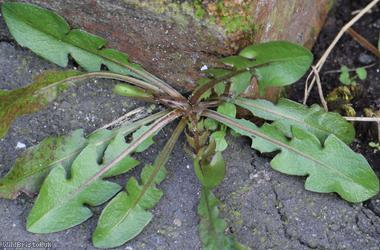 |
| Taraxacum sect. Erythrosperma | Taraxacum sect. Erythrosperma | 9 | 32 | 165 | 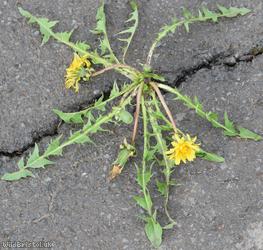 |
| Taraxacum sect. Hamata | Taraxacum sect. Hamata | 15 | 94 | 737 | 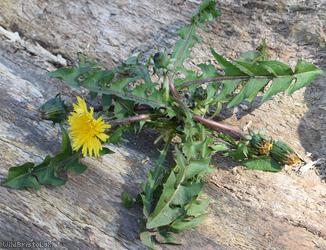 |
| Taraxacum sect. Naevosa | Taraxacum sect. Naevosa | 6 | 14 | 96 | 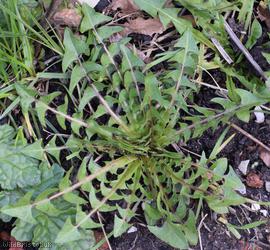 |
| Taraxacum sect. Palustria | Taraxacum sect. Palustria | 2 | 3 | 31 | 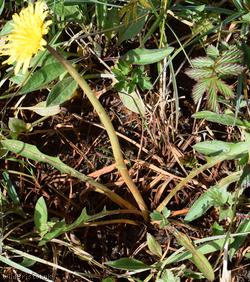 |
| Taraxacum sect. Taraxacum | Taraxacum sect. Taraxacum | 108 | 505 | 3874 | 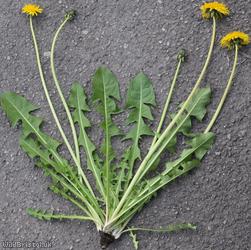 |